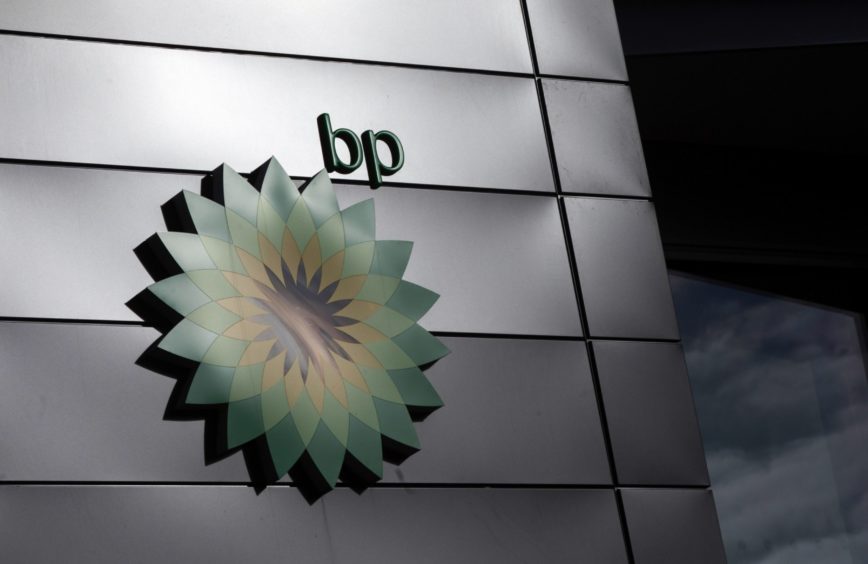
BP outlined changes to its financial reporting after restructuring key divisions last year.
The new financial reporting structure will comprise five BP segments: oil production and operations, gas and low-carbon energy, customers and products, Rosneft PJSC — in which BP holds a stake — and other businesses and corporate. That set-up will be reflected in its first-quarter results, expected on April 27.
The company said a year ago that it would replace its upstream and downstream units with 11 new teams, shaking up a corporate structure that had been in place for decades.
Its traditional core business — hydrocarbons — will now be managed by a new “operating model” that’s expected to save around $1.5 billion a year by 2023, relative to 2019, BP said Monday.
Last year, the company set out its strategy to survive the energy transition, promising to slash emissions and reduce oil and gas production while ramping up spending on cleaner fuels. In its new-look financial disclosures, it will give updates on the low-carbon business, including gigawatt capacity and expected returns on renewable-power projects. It will also report progress on emission cuts.
“Our intent is to disclose low-carbon earnings in a year’s time,” Chief Financial Officer Murray Auchincloss said on a call with analysts.
Recommended for you
